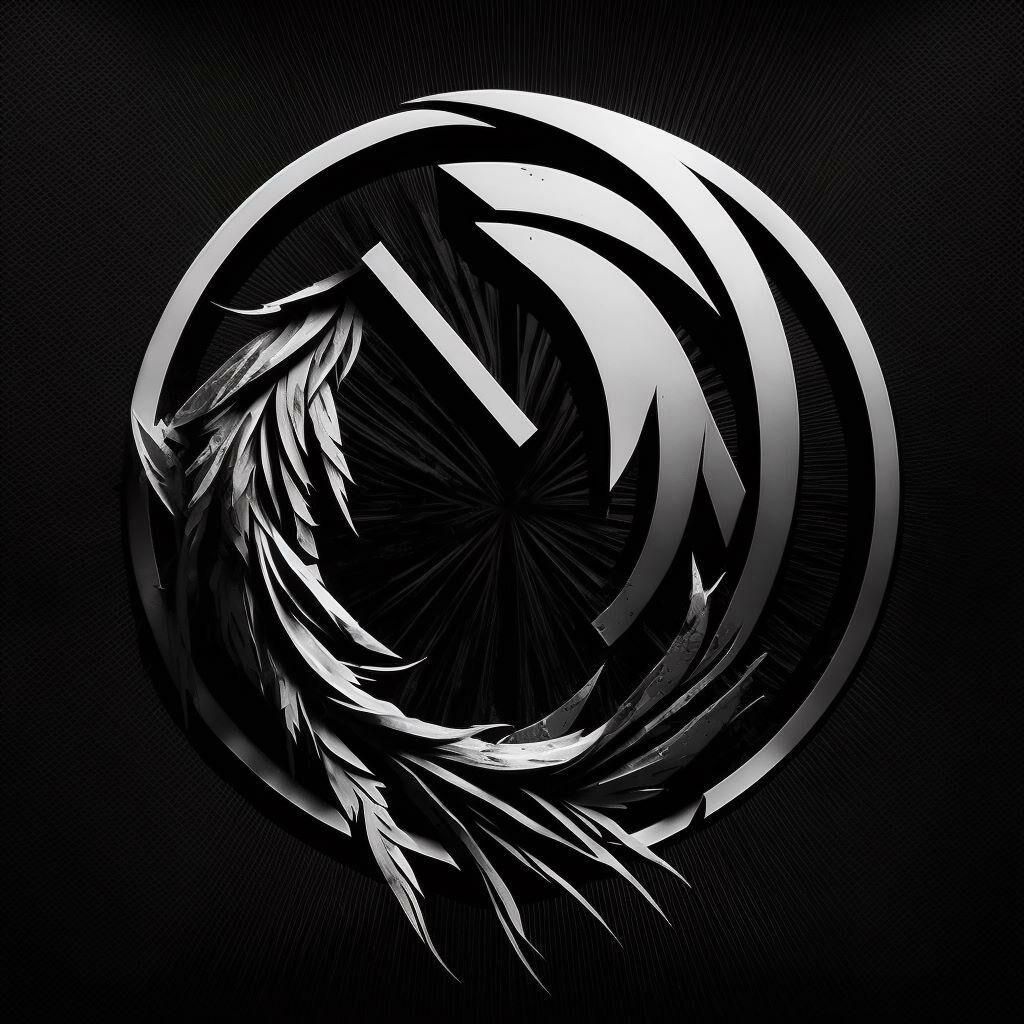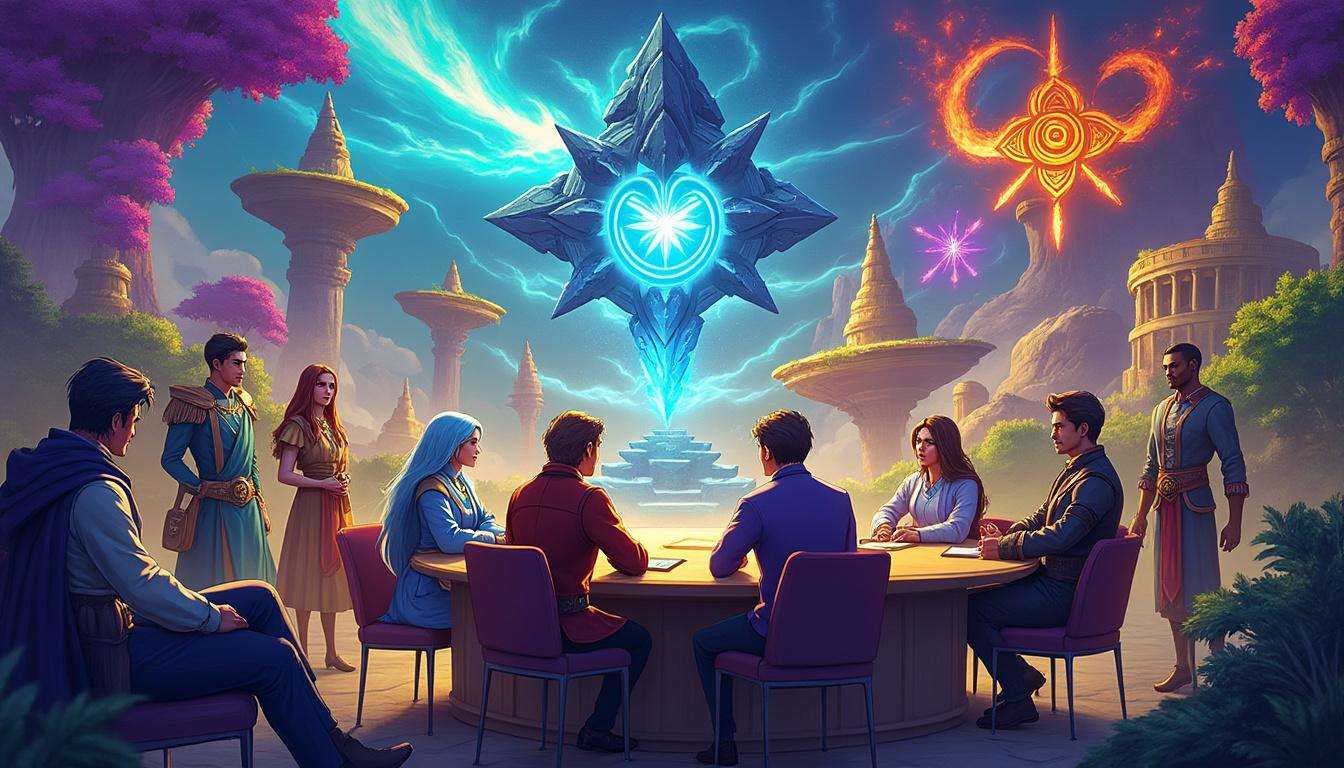Riot Games is making waves again in the trading card game arena with its upcoming release, Riftbound, a physical TCG designed to both celebrate and advance the League of Legends universe. Following the transition of Legends of Runeterra from a digital platform to a primarily single-player experience, many fans have felt uncertain about Riot’s commitment to the card game genre. However, Riot is acknowledging player concerns and strategically weaving the legacy of Legends of Runeterra into Riftbound’s development, aiming to deliver a fresh but familiar multiplayer experience with a deep focus on interactive strategy and iconic champions.
Riftbound’s Unique Approach to the League Of Legends TCG Experience
Unlike the purely digital Legends of Runeterra, Riftbound introduces a new dimension by being a physical, collectible card game sold in booster packs. This format invites both long-time TCG enthusiasts and League of Legends fans to engage in interactive gameplay built around their favorite champions. To understand how Riftbound distinguishes itself, here’s a snapshot of its core gameplay features:
- Physical TCG format: Cards are tangible collectibles that you can hold, trade, and build decks from booster packs.
- Champion-driven decks: Each deck revolves around a single champion embodying their personality and abilities through Legend cards, Unit cards, and Signature Spells.
- Area control mechanics: Players capture and hold multiple battlefields, adding a strategic layer where positioning is key to scoring points and securing victory.
- Resource management: Similar to Hearthstone and MTG Arena, resources are accrued to cast spells and deploy units, blending classic TCG mechanics with Riot’s unique League flavor.
This emphasis on area control and champion identity ensures that players experience a nuanced form of strategy mirroring, yet distinct from, the digital card game predecessors and MOBA roots.
The Bridge Between Riftbound and Legends of Runeterra
Riftbound emerges as both a successor and complement to Legends of Runeterra. With LoR scaling back its PvP-focused updates since early 2024, Riot’s new TCG addresses key player concerns by ensuring a continued appreciation of League’s expansive lore and champion roster. Here’s how Riot integrates the past with the future:
- Art and content sharing: Riftbound utilizes a rich library of Legends of Runeterra art to maintain visual continuity while commissioning new artwork that reflects the Hextech steampunk aesthetic popularized by Arcane.
- Cross-support: New cards and sets created for Riftbound are planned to bolster LoR’s single-player modes and future sets, reinforcing a positive feedback loop between the titles.
- Champion fidelity: Champion cards maintain fidelity to their identities as seen in Legends of Runeterra—Yasuo’s windwalling tactics or Jinx’s chaotic playstyle are vividly represented through deck mechanics.
- Engagement with Riot’s community: Responding to the mixed reception of the initial Project K designs, Riot swiftly revamped Riftbound’s visual style to align more closely with League’s core themes and appeal to collectors, easing fan apprehension.
These initiatives emphasize Riot’s awareness of community feedback and the desire to create a seamless experience that honors Legends of Runeterra’s legacy while expanding the TCG audience.
Champion-Centric Deck Building and Strategic Depth in Riftbound
Riftbound’s gameplay centers around building decks tied passionately to iconic champions, with three key card types:
- Legend cards: Grant unique powers always available during play, steering a deck’s overarching strategy.
- Unit cards: Represent the champion on the battlefield, embodying their combat style and signature abilities.
- Signature Spells: Special thematic abilities linked to champion lore, such as Volibear’s Stormbringer and Jinx’s explosive Super Mega Death Rocket.
Dave Guskin, Riftbound’s game director, highlights that this design is intended to feel true to the character personalities familiar to League players, making the TCG experience immersive yet accessible. The timing of activating powerful moves, reminiscent of choosing when to lane or jungle in the MOBA, adds a rhythm and flow that avid League strategists will appreciate.
This approach fosters accessibility for new players while maintaining the complexity that esports competitors demand, keeping Riftbound firmly planted in Riot Games’ commitment to competitive and engaging gaming.
Anticipation for Riftbound and Its Impact on the Esports and Card Game Landscape
As Riftbound prepares for its rollout in China this summer and English-speaking territories by October, anticipation is building around how it will reshape Riot’s presence in the physical card game market. Fans and analysts alike are intrigued by several aspects:
- Bringing collectible appeal: Riot aims for Riftbound cards to become coveted collectibles much like the excitement seen with crossover releases like Magic: The Gathering x Final Fantasy.
- Welcoming newcomers: Riftbound is positioned as an approachable entry for League fans and newcomers, serving as an in-person multiplayer game that complements digital esports offerings.
- Strategic innovation: By combining resource management, area control, and champion-specific deck strategies, Riftbound introduces fresh dynamics to the TCG genre.
- Community integration: Riot’s responsive adjustment to artwork and game design reflects its ongoing commitment to player feedback and esports competitiveness.
Ultimately, Riftbound is poised to reignite community passion around League-based card games and reaffirm Riot Games’ innovative stance in esports and strategy gaming.
For more in-depth insight into how Riftbound reshapes the Magic: The Gathering experience and crafts a distinct competitive edge, check out this detailed analysis on Iron to Radiant.

